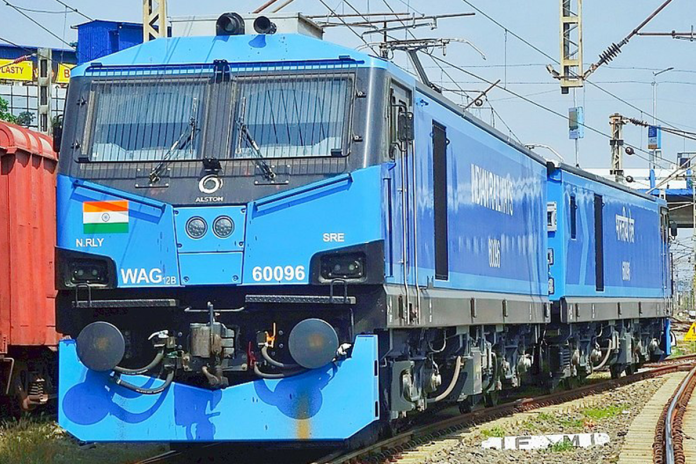Snapshot
With more than 65 per cent of total rail routes electrified, many fossil fuel-driven locomotives are being replaced with electric locos.
However, there is still a requirement of diesel locos for full scale train operation.
With train operation returning to normalcy, the Railways has decided not to replace over 2000 high horsepower (HP) diesel locomotives with electric ones to cater to the growing traffic demand.
With more than 65 per cent of total rail routes electrified, many fossil fuel-driven locomotives are being replaced with electric locos.
Currently, there are 2200 diesel locomotives with 4000 HP, 4500 HP and 6000 HP in the system which would be allowed to run the full course. The codal life of a diesel loco is about 35 years.
Though the Railways would continue with the route electrification exercise, there would be a requirement of diesel locos besides electric traction for full scale train operation.
There is a requirement of more high HP locos to haul freight trains as the Railways has set the target of 5 MT loading in a day.
“We need locos for freight as well as passenger operations. The entire fleet cannot be run on electric locos at the moment because the number of such locos are not adequate,” said a senior Railway Ministry official.
There are sections within a destination which are yet to be electrified. So there is no end to end electric traction at many sections for which diesel locos are required, said the official.
It is a stated policy of the Railways to reduce dependence on fossil fuel so many steps are being undertaken to expedite electrification and phasing out diesel locos.
But at the same time we need diesel locos for emergency service so the entire diesel fleet cannot be replaced with electric ones, said the official.
The loco factory at Marhaura in Bihar is producing about 100 high horsepower diesel locos in a year.


